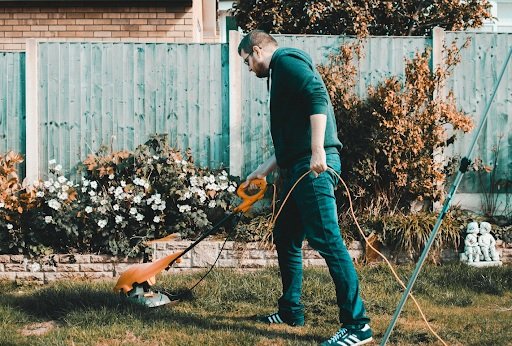How to Use AI Frame Interpolation to Restore and Enhance Classic Films

Classic films are cherished pieces of history that often suffer from outdated visual quality and choppy motion due to lower frame rates. As film preservationists and enthusiasts look for ways to restore these cinematic treasures, AI frame interpolation has emerged as a powerful tool for breathing new life into old footage. Below, we explore step-by-step techniques for using AI frame interpolation to restore and elevate classic films.
Step-by-Step Guide to Restoring Classic Films Using AI Frame Interpolation
To effectively use AI frame interpolation for film restoration, consider the following key steps.
1. Digitize the Original Film Footage
The first step in using AI for film restoration is to digitize the classic footage if it hasn’t been done already. Many older films exist only on physical media such as film reels, VHS tapes, or even Betamax. To apply ai frame interpolation, the footage must be converted into a digital format. Use high-resolution scanners and professional video capture devices to create a clean, high-quality digital copy of the original film. This preserves the film’s integrity and provides a foundation for AI-based enhancement.
2. Select an AI Frame Interpolation Tool
Once you have a digital copy, choose a reliable AI frame interpolation tool to begin the restoration process. Tools such as DAIN, RIFE, and Flowframes are popular options among video enthusiasts and professionals. These tools use advanced algorithms to analyze the motion between frames and create smooth transitions. Make sure to select a tool that offers a high degree of customization and control, as each film may have different restoration needs.
3. Analyze and Adjust Frame Rate Settings
Classic films are often shot at lower frame rates (e.g., 24 FPS), resulting in a jerky or stuttered motion when viewed on modern displays. AI frame interpolation can be used to increase the frame rate to 48 FPS, 60 FPS, or even higher. Adjust the frame rate settings in your chosen tool based on the original film’s specifications and the desired output. A higher frame rate will create a smoother viewing experience, but make sure not to overdo it, as it may lead to the “soap opera effect,” where the film loses its original cinematic feel.
4. Apply Super Resolution for Enhanced Visual Quality
In addition to frame rate enhancement, AI tools can be used to upscale the film’s resolution. AI-powered Super Resolution algorithms analyze the film’s texture and details to increase image clarity and sharpness. This is especially useful for restoring older films that may appear blurry or pixelated when displayed on today’s high-definition screens. Use this feature to enhance fine details like facial expressions, intricate background designs, and subtle textural elements that contribute to the overall viewing experience.
5. Reduce Noise and Artifacts
Older films often suffer from visual artifacts such as scratches, dust, and film grain. AI-based denoising and artifact removal features can eliminate these imperfections, resulting in a cleaner and more polished image. Tools like Avisynth are effective for this purpose, using deep learning models to identify and remove unwanted elements without affecting the integrity of the original content.
6. Test and Review the Enhanced Footage
Before finalizing the restoration, test and review the enhanced footage. Pay attention to whether the new frames blend naturally with the original ones and ensure there are no visual artifacts or inconsistencies. Run a side-by-side comparison with the original film to evaluate the success of the restoration. If needed, tweak the settings and repeat the process until the desired visual quality is achieved.
Conclusion
AI frame interpolation is revolutionizing the process of classic film restoration by making it easier to update old footage for modern audiences. By increasing frame rates, enhancing resolution, and removing visual artifacts, content creators and film preservationists can transform vintage films into high-quality masterpieces that stand the test of time. So experiment with AI video frame interpolation to preserve cinematic history and bring it into the digital age for future generations to enjoy.












